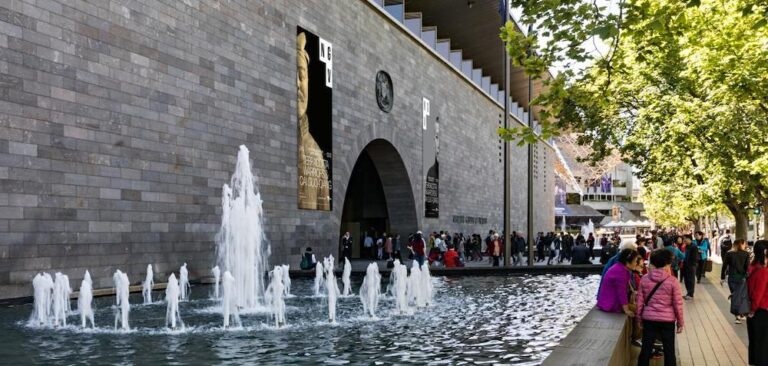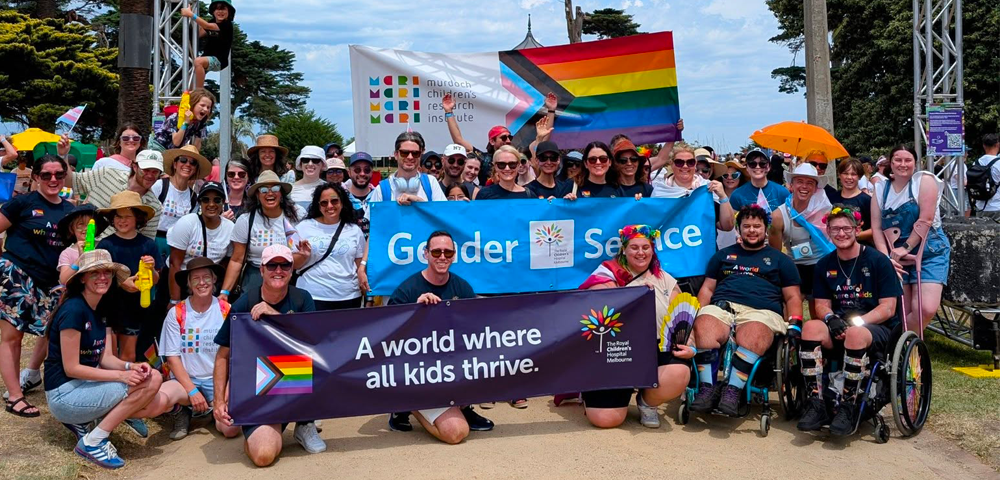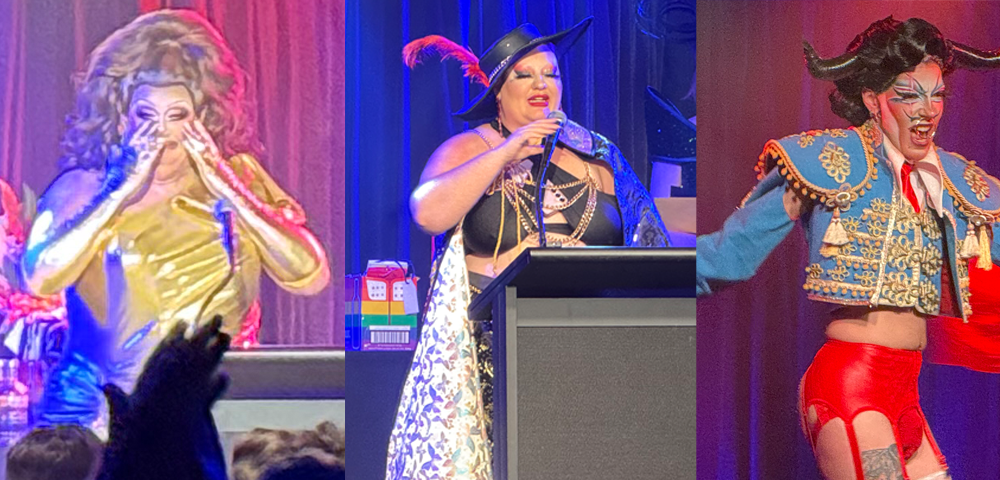
Female albatross couple incubating egg
Conservation rangers in New Zealand have confirmed two female royal albatrosses are incubating an egg on the Otago Peninsula, the world’s only mainland breeding colony of these endangered sea birds.
News of the unusual pair came after suspicions there are two male yellow eyed penguins also incubating an egg on the peninsula, 30 minutes from Dunedin city centre.
Rangers have had the albatross couple sitting on a dummy egg in case the relationship did not last and the nest was deserted. However, both are proving to be good parents and are said to be happy to be incubating. The original egg has now been returned to the nest.
Two breeding seasons ago the pair attempted to nest an egg with a male albatross. Last year the threesome returned to the breeding colony but failed to nest at all.
The chick is expected to hatch in January when its female parents will feed and nurture it. Once the chick becomes fully fledged and takes off on its first flight it will stay at sea for three to six years without touching land.
Albatross have endearing characteristics similar to the yellow eyed penguin who can only be found on New Zealand’s south east coast and outer islands. Both rare species tend to have one partner for life. ‘Divorce’ mostly occurs when nesting fails. The divorce rate of a yellow eyed penguin is around 7 percent.
Penguin Place is a private conservation reserve nearby The Royal Albatross Centre and is home to the ‘gay penguin couple’.
Like albatross, the yellow eyed penguins prefer to breed in private. Penguin Place have built shelters and replanted native bush to provide privacy for the modest creatures.
At the end of each day the penguins return from sea to their private shelters and greet their partners with a loud screech. Single penguins search for potential partners by making similar loud screeching sounds. The Maori name for yellow eyed penguins is hoiho which translates to ‘noise shouter’.
The Otago Peninsula was recently named in the world’s top ten destinations for twitchers (bird watchers) by Lonely Planet. In addition to albatross and yellow eyed penguins the peninsula is home to New Zealand fur seals, sea lions, hectors dolphins, little blue penguins and cormorants.
The Royal Albatross Centre run guided tours of Taiaroa Head. Visitors learn about the breeding process and see albatross soar across the sea using their impressive three metre (9’6”) wing span. They can also board a Monarch Wildlife Cruise to see the birds reach speeds of 115kph.
Penguin Place operates 90 minute tours of the reserve with all profits going back towards conserving the penguins.
info: For more information on the Otago Peninsula and Dunedin visit www.dunedinnz.com. For more information on the Royal Albatross Centre visit www.albatross.org.nz.










In the interesting link provided above by Will, they describe a Laysan albatross colony in Hawaii where 30% of nesting pairs were 2 females and they were successful at raising chicks which they could not do as single females. This raises the question: was the intervention by the rangers in switching to a dummy egg before they proved good incubators based on homophobia more than the need for conservation of the threatened species?
The following link is a fascinating read. It views term relationships between Humboldt penguins, Laysan albatrosses, damselflies and American long horn sheep.
http://www.newscientist.com/article/mg20427370.800-homosexual-selection-the-power-of-samesex-liaisons.html